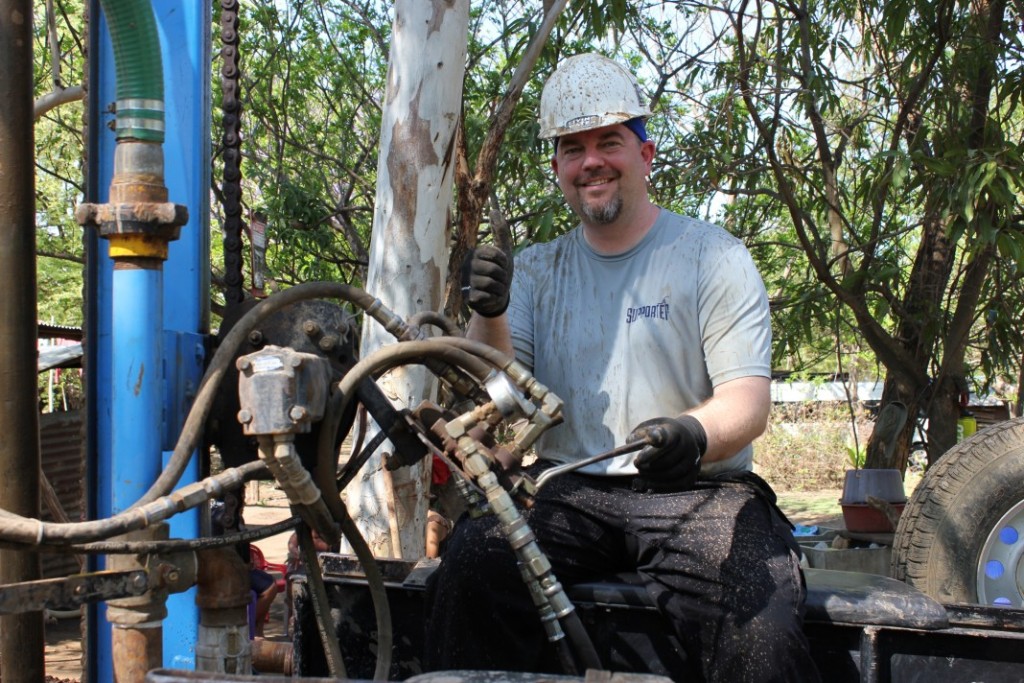Page 99 • (1,269 results in 0.067 seconds)
-
workshop and clubhouse where students drop in and test out ideas, improvise and hone their craft. It is evident, too, when speaking with PLU Assistant Professor of Theater Amanda Sweger, who begins her second year at PLU teaching theater lighting and design. It is clear she looks at this type of collaboration in the same way a natural science professor in Rieke Science Center might look at a student–faculty research project. It is for this reason Sweger is so quick to let the students learn the light
-
(2) SPED 580: Foundations and Instructional Strategies for Students with Disabilities (2) Fall Semester EDUC 562: Schools and Society (2) EDUC 563A: Integrating Seminar: Technology Embedded Instructional Design (2) EDUC 565: Elementary Reading, Language Arts, and Social Studies (2) EDUC 566: Elementary Math and Science (4) SPED 520: Teaching Students with Special Needs (2) J-Term EDUC 528: Reading and Writing Across the K-8 Curriculum (2) EDUC 564: The Arts, Mind, and Body (2) Spring Semester
-
students avoid difficult or challenging courses with this design? We do not feel that an effective course is necessarily one that is “difficult.” We do, however, think an effective course will always be intellectually challenging. The courses in our current general education program are intellectually challenging and hold students to high standards. These same courses will meet the requirements for the proposed revision. What are we losing without disciplines? The model does not eliminate disciplines
-
risks, benefits, ethical concerns, and food security issues.IHON 259: Starship DesignIn this course, we will explore ecology by designing a hypothetical starship to bring humans to another star, probably Proxima Centauri, our nearest interstellar neighbor. This class will culminate with an actual starship design. Importantly, this is a course about asking big questions and pursuing insightful answers. Although we will be using some scientific methods of inquiry and exploring scientific ideas, this
-
would need to start learning a new language and the premium subscription offers some expanded functionality and removes ads. Duolingo is available on all platforms. Check out this video to understand the background and goals of duolingo!DecemberCREATE GRAPHIC DESIGNS WITH CANVA Canva is a graphic design tool that can be used to create a variety of media projects. With Canva, users can produce flyers, posters, presentations, videos, and more. Canva is a web-based app that’s accessible from any
-
Software253-535-7525 • helpdesk@plu.edu • Support infoSoftware for graphic design and audio/video editing.Audio Support253-535-7525 • media@plu.edu • Support infoGet audio support such as microphones and sound reinforcement for University meetings and events.Classroom Technology Support253-535-7525 • media@plu.edu • Support infoReceive support using installed classroom technology.Clickers (Audience Response Systems)253-535-7525 • itech@plu.edu • Support infoPoll students or audience in real time during
-

, and design better healthcare delivery systems. Interested in getting a DNP? Connect with PLU today!Attend Info SessionSign up for an info session to see if the DNP program is right for you. Sign up for info sessionRequest InformationContact us to get more information about the DNP program. Request more informationStart ApplicationApply for admission to the DNP program to reach your career goals. Apply Now Read Previous Why Should I Get a Doctor of Nursing Practice (DNP)? Read Next Providing
-
if students are struggling with either course content or procedural issues. CATs or classroom assessment techniques work well for this purpose. Note student interests and concerns. When students provide feedback, consider how you might integrate interests and concerns into lecture and discussion. Personalization of learning is a strong motivator for students. Opt for meaningful icebreakers. When icebreakers are used in a course, try to design activities to have value in addition to getting to
-
practice of historiography). 3. Design and prepare a substantial research project (typically 15-pages in length) based on primary and secondary sources, written with a clear thesis, supporting evidence, and appropriate citations. 4. Practice ethical and responsible historical scholarship, including proper citations. 5. Prepare an oral presentation of the research project and deliver it to an audience of peers and faculty. 6. Review, critique, and provide helpful feedback on other students’ drafts and
-

peers. Sarah Cornell-Maier ’19 What is Social Innovation? Social innovation differs from other types of innovation in that it uniquely works to solve issues that communities face in the social realm. At Pacific Lutheran University, we begin by investigating political, social, environmental, and economic challenges, and then we apply attributes like critical thinking, inventiveness, and sustainable business design to imagine solutions to the problems. Social innovations can challenge human rights
Do you have any feedback for us? If so, feel free to use our Feedback Form.


